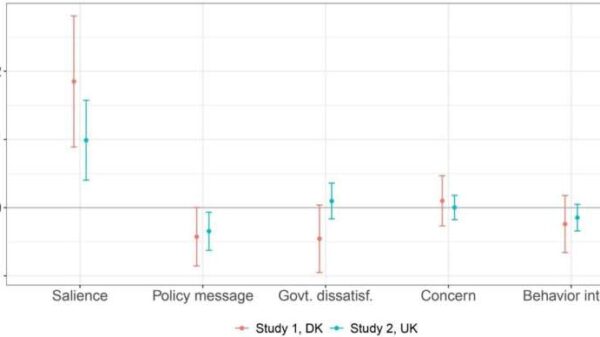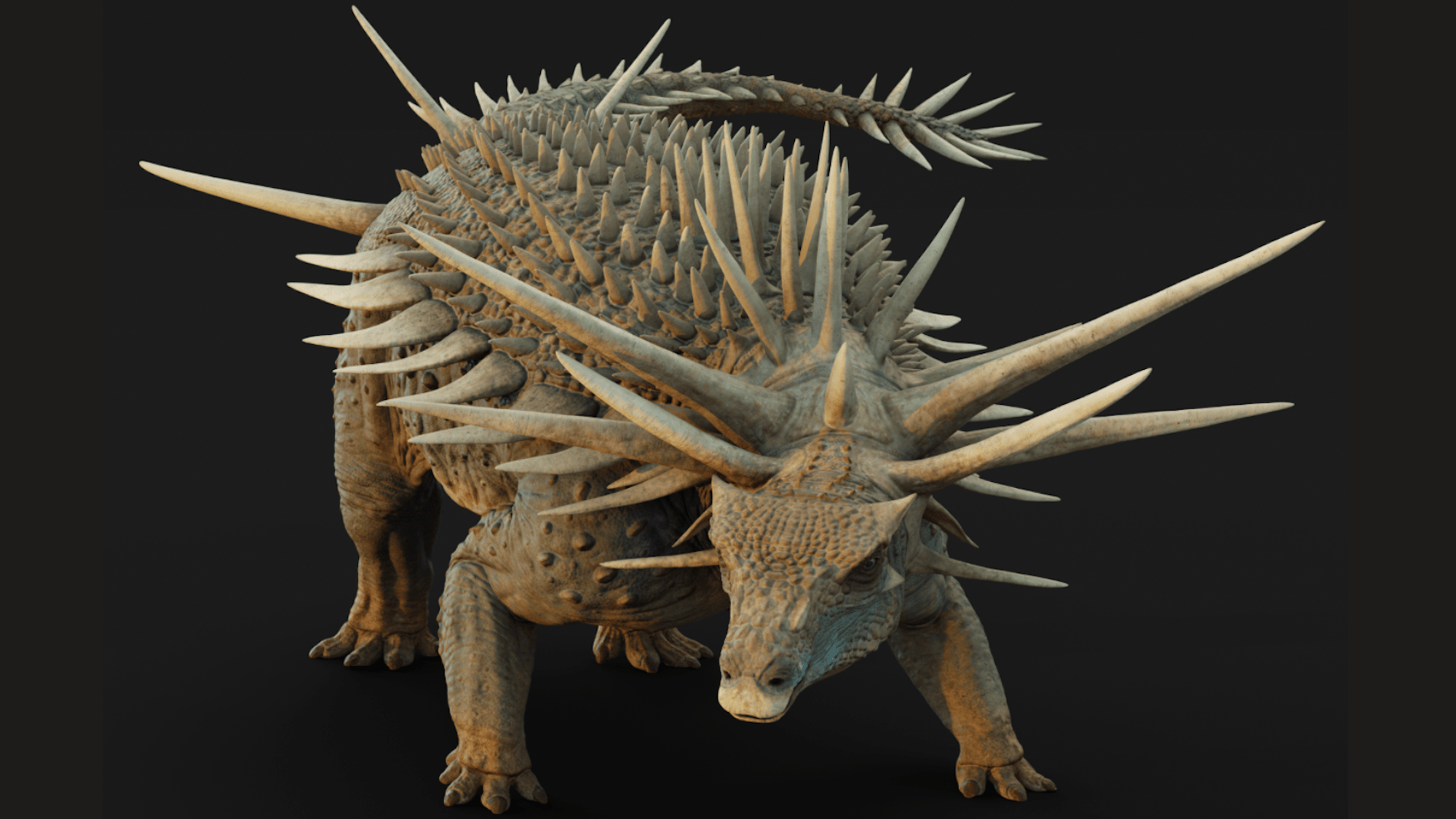A newly discovered specimen of the dinosaur Spicomellus afer has revealed astonishing features that challenge previous understandings of ankylosaurs. Researchers announced that this ancient herbivore, which lived approximately 165 million years ago, possessed an extraordinary collar of long horns and a tail weapon that predates similar adaptations in its relatives by about 30 million years. The findings were published in the journal Nature.
The recent examination of Spicomellus afer sheds light on its unique defensive adaptations. The dinosaur was found to have a collar adorned with three-foot-long horns, as well as a variety of spikes and armor plating across its body. Paleontologist Susannah Maidment, a co-author of the study, remarked, “We’ve never seen anything like this in any animal before.” This discovery significantly enhances the profile of Spicomellus, which was first described in 2021 based on just a rib bone.
A farmer’s find near Boulemane, Morocco, in 2022 led to the unearthing of a more complete specimen. The excavation revealed stunning details, including meter-long neck spikes, large upward-growing spikes over its hips, and blade-like projections along its torso. Notably, the dinosaur’s ribs featured a series of fused bony spikes, a characteristic unique to this species. Many of these features continued to grow throughout the dinosaur’s life, indicating a complex evolutionary adaptation.
Revising Ankylosaur Evolution
The discovery of a tail weapon in Spicomellus afer is groundbreaking, as such adaptations were previously identified only in later ankylosaurs during the Early Cretaceous period. Although the newly studied specimen lacked the tail’s end, a fused vertebrae structure suggests the presence of a club or spiked tail-tip. Co-author Richard Butler described the team’s findings as “spine-tingling,” emphasizing the uniqueness of this dinosaur compared to others known from the fossil record.
According to Maidment, the elaborate armor of Spicomellus challenges long-held beliefs about ankylosaur evolution. “It shows just how significant Africa’s dinosaurs are, and how important it is to improve our understanding of them,” she explained. The study indicates that the spikes may have served dual purposes: deterring predators and attracting mates. Some of the armor appears to have a decorative function, a trait absent in other known ankylosaurs.
Butler noted that the findings “turn much of what we thought we knew about ankylosaurs and their evolution on its head.” As predators grew larger during the Cretaceous, it is speculated that ankylosaur armor evolved to become simpler and more utilitarian, suggesting a shift in evolutionary pressures.
This new understanding underscores the importance of continued research on prehistoric species, particularly those from Africa. The discoveries surrounding Spicomellus afer not only enhance the narrative of ankylosaur diversity but also highlight the rich tapestry of life that existed during the Middle Jurassic period. As researchers continue to analyze these findings, they anticipate further revelations that may reshape the understanding of these ancient creatures and their evolution.




































































